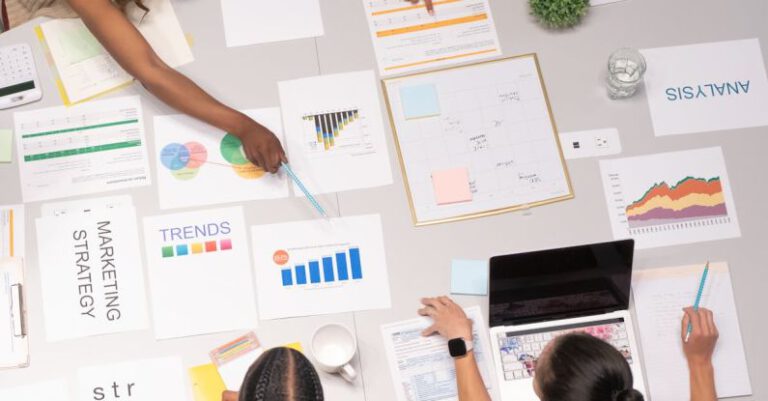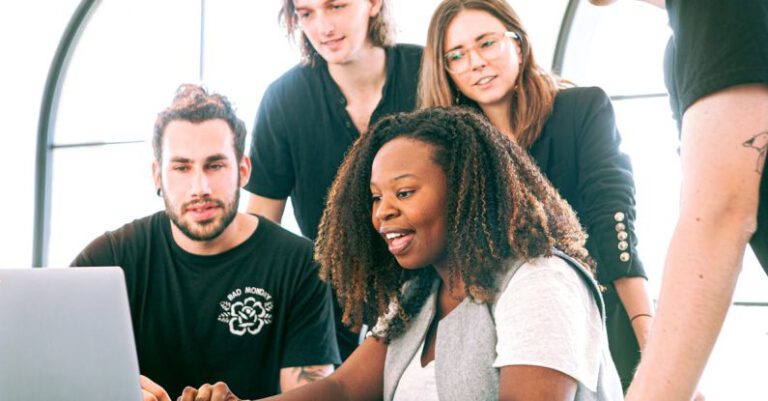Overcoming Obstacles with Creative Conflict Resolution
In the journey of life, obstacles are inevitable. Whether in our personal relationships, professional endeavors, or any other aspect of life, conflicts and challenges are bound to arise. However, it is how we choose to approach and resolve these obstacles that truly defines our ability to grow and succeed. Creative conflict resolution is a powerful tool that can help us navigate through difficult situations and emerge stronger on the other side.
Understanding the Nature of Conflict
Conflict is a natural part of human interaction. It can stem from differences in opinions, values, priorities, or simply misunderstandings. While conflict itself is not inherently negative, the way we handle it can either strengthen or weaken our relationships and overall well-being. By acknowledging the existence of conflict and understanding its root causes, we can begin the process of resolving it effectively.
Embracing Creativity in Conflict Resolution
Creativity is often associated with art and innovation, but its application extends far beyond these realms. When faced with conflict, approaching the situation with a creative mindset can open up new possibilities and solutions that may not have been apparent initially. Creative conflict resolution involves thinking outside the box, considering alternative perspectives, and exploring unconventional approaches to reach a mutually beneficial outcome.
Active Listening and Empathy
One of the key components of creative conflict resolution is active listening. By truly listening to the other party without judgment or interruption, we can gain a deeper understanding of their perspective and concerns. Empathy plays a crucial role in this process, as it allows us to put ourselves in the other person’s shoes and see the situation from their point of view. By practicing empathy and active listening, we can foster a sense of mutual respect and understanding, laying the foundation for constructive dialogue and resolution.
Seeking Common Ground
In the midst of conflict, it can be easy to focus on differences and disagreements. However, shifting the focus towards finding common ground can help bridge the gap between conflicting parties. Identifying shared goals, values, or interests can create a sense of unity and collaboration, making it easier to work towards a resolution together. By emphasizing commonalities rather than differences, we can build a stronger foundation for effective conflict resolution.
Exploring Creative Solutions
Creativity thrives in the face of adversity. When traditional methods of conflict resolution fall short, exploring creative solutions can pave the way for breakthroughs and positive outcomes. Brainstorming, problem-solving exercises, and role-playing are just a few examples of creative techniques that can help generate innovative solutions to complex conflicts. By encouraging creativity in the resolution process, we can uncover new possibilities and approaches that have the potential to transform the conflict into an opportunity for growth and learning.
Fostering Open Communication
Effective communication is essential in any conflict resolution process. Open and honest communication creates a safe space for all parties to express their thoughts, feelings, and concerns without fear of judgment or reprisal. By fostering a culture of open communication, we can encourage transparency, trust, and collaboration, laying the groundwork for successful conflict resolution. Encouraging feedback, active participation, and constructive dialogue can help ensure that all voices are heard and valued in the resolution process.
Embracing Growth and Learning
Conflict is not an endpoint but rather a stepping stone towards personal and interpersonal growth. By approaching conflict with a growth mindset, we can view challenges as opportunities for learning, self-improvement, and resilience. Each conflict we encounter presents a chance to reflect, adapt, and evolve, ultimately making us more equipped to handle future obstacles with grace and creativity. Embracing the lessons learned from conflict can empower us to overcome challenges with confidence and determination.
In conclusion,
Creative conflict resolution is a powerful tool that can help us navigate through obstacles and strengthen our relationships and personal growth. By embracing creativity, active listening, empathy, seeking common ground, exploring creative solutions, fostering open communication, and embracing growth and learning, we can transform conflicts into opportunities for positive change and mutual understanding. When faced with obstacles, remember that with creativity and a willingness to engage constructively, any conflict can be resolved in a way that benefits all parties involved.






